Kazuyo Sejima: from light engineer to architectural heavy hitter
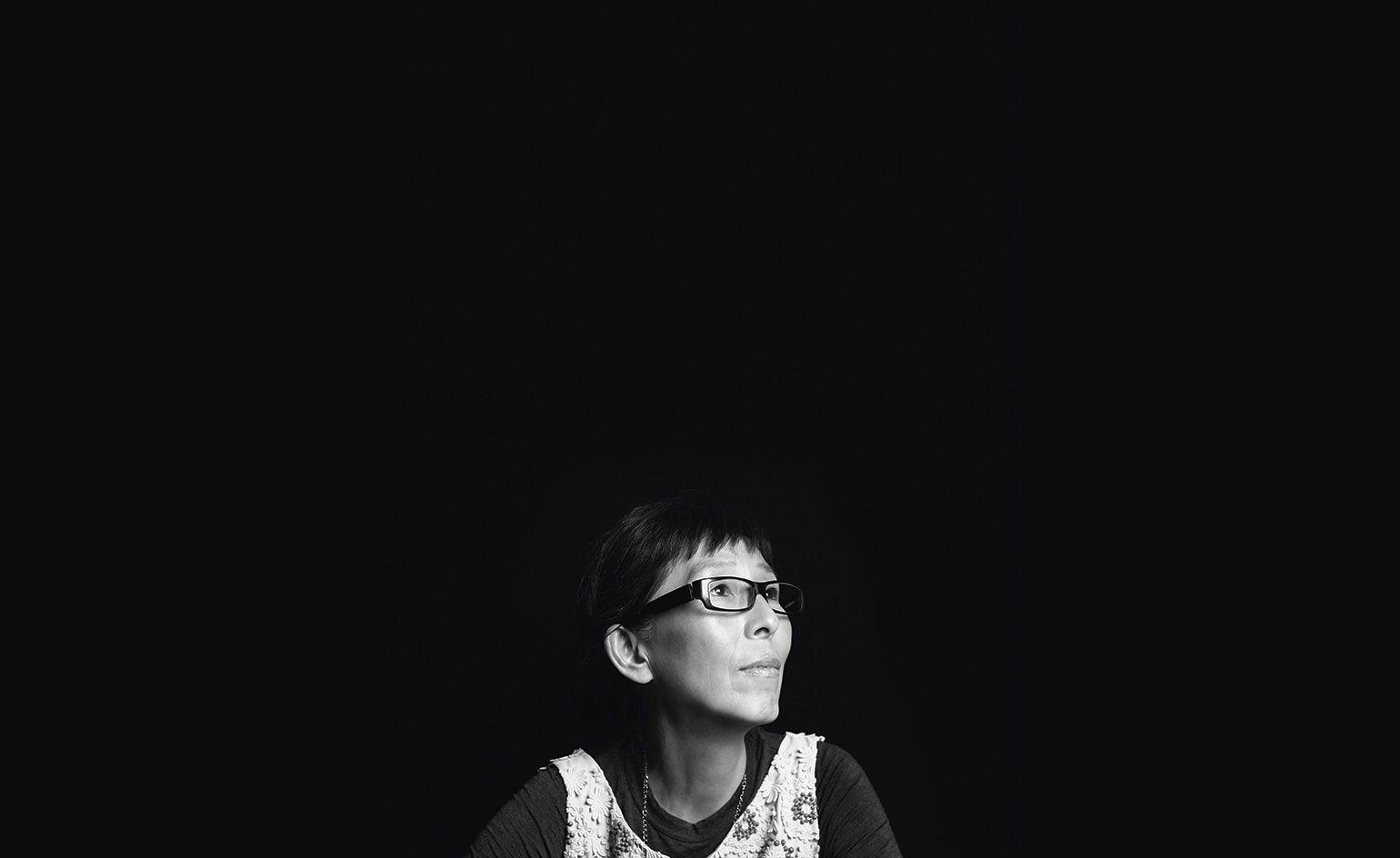
By the early 1990s, Kazuyo Sejima already had experience at Toyo Ito’s office, her own studio and a Young Architect of the Year award from the Japan Institute of Architects under her belt. But it was after setting up SANAA (with Ryue Nishizawa) in 1995 that her career really took off, upscaling to major cultural commissions which transformed her into an international go-to choice for mesmerisingly barely-there, ethereal architecture.
Her signature style of strong shapes and clean lines that at the same time appear flowing and delicate has helped define 21st-century Japanese architecture. It is all about the experience for Sejima, although priorities have shifted somewhat since her early days in practice. ‘Our designs are not driven by what you can do with architecture itself, but by an interest in the way people experience space as a relationship between programme, city and surrounding landscape,’ she says. ‘In the past, I would try to understand the overall character of a building’s environment and use this abstract idea to develop a design. Today, I try to create spaces that are more precisely adapted to the variable character of a neighbourhood.’
Under Kazuyo Sejima & Associates (her own firm) and SANAA, she has produced gems such the 21st Century Museum of Contemporary Art in Kanazawa, the Rolex Learning Center, the Louvre-Lens and Grace Farms. The SANAA-designed New Museum in New York (2007) and the Zollverein School in Germany (2006) added to her international portfolio, and commissions and honours poured in; from SANAA’s Serpentine Pavilion in London in 2009 and her appointment to direct the 2010 Venice Architecture Biennale to her Pritzker Prize win (with Nishizawa) in the same year, and her participation in the Rolex Mentor scheme in 2012.
The latter also flagged up her interest in nurturing young talent; Sejima has been involved in teaching since the early 2000s. ‘Young people come up with new ideas constantly – and this can, of course, be exciting,’ she says. ‘But I have recently realised there are things we can imagine only as we grow older, making these relationships very effective during a design process.’
Now approaching 60, Sejima shows no sign of slowing down. Current projects include La Samaritaine department store in Paris; the Hitachi City Hall in her home prefecture of Ibaraki, now under construction; and the Inujima Art House Project, aimed at encouraging people to settle on the small island in the Seto Inland Sea.
Kazuyo Sejima is one of our 20 Game-Changers. Read about the other 19 here
As originally featured in the October 2016 issue of Wallpaper* (W*211)
INFORMATION
Photography: Brigitte Lacombe
Receive our daily digest of inspiration, escapism and design stories from around the world direct to your inbox.
Ellie Stathaki is the Architecture & Environment Director at Wallpaper*. She trained as an architect at the Aristotle University of Thessaloniki in Greece and studied architectural history at the Bartlett in London. Now an established journalist, she has been a member of the Wallpaper* team since 2006, visiting buildings across the globe and interviewing leading architects such as Tadao Ando and Rem Koolhaas. Ellie has also taken part in judging panels, moderated events, curated shows and contributed in books, such as The Contemporary House (Thames & Hudson, 2018), Glenn Sestig Architecture Diary (2020) and House London (2022).
-
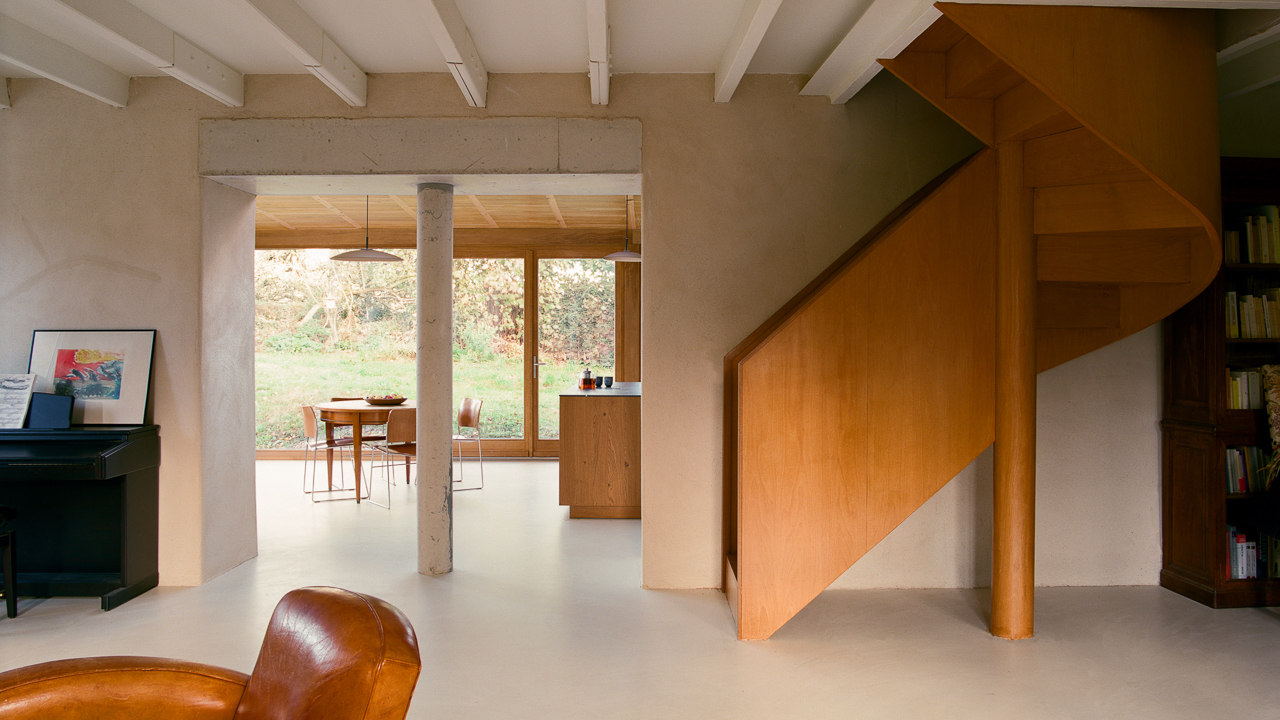 A former fisherman’s cottage in Brittany is transformed by a new timber extension
A former fisherman’s cottage in Brittany is transformed by a new timber extensionParis-based architects A-platz have woven new elements into the stone fabric of this traditional Breton cottage
-
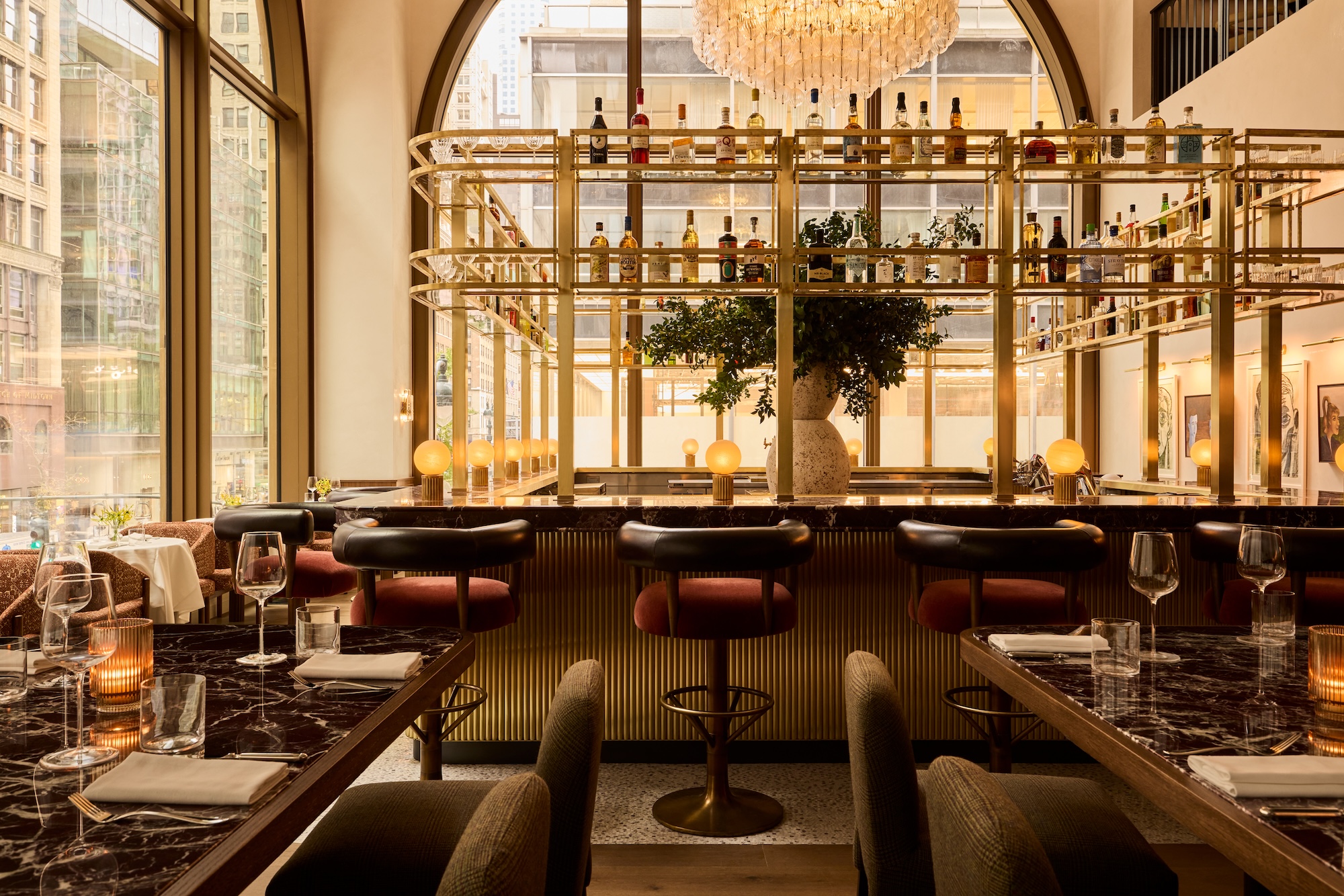 New York's members-only boom shows no sign of stopping – and it's about to get even more niche
New York's members-only boom shows no sign of stopping – and it's about to get even more nicheFrom bathing clubs to listening bars, gatekeeping is back in a big way. Here's what's driving the wave of exclusivity
-
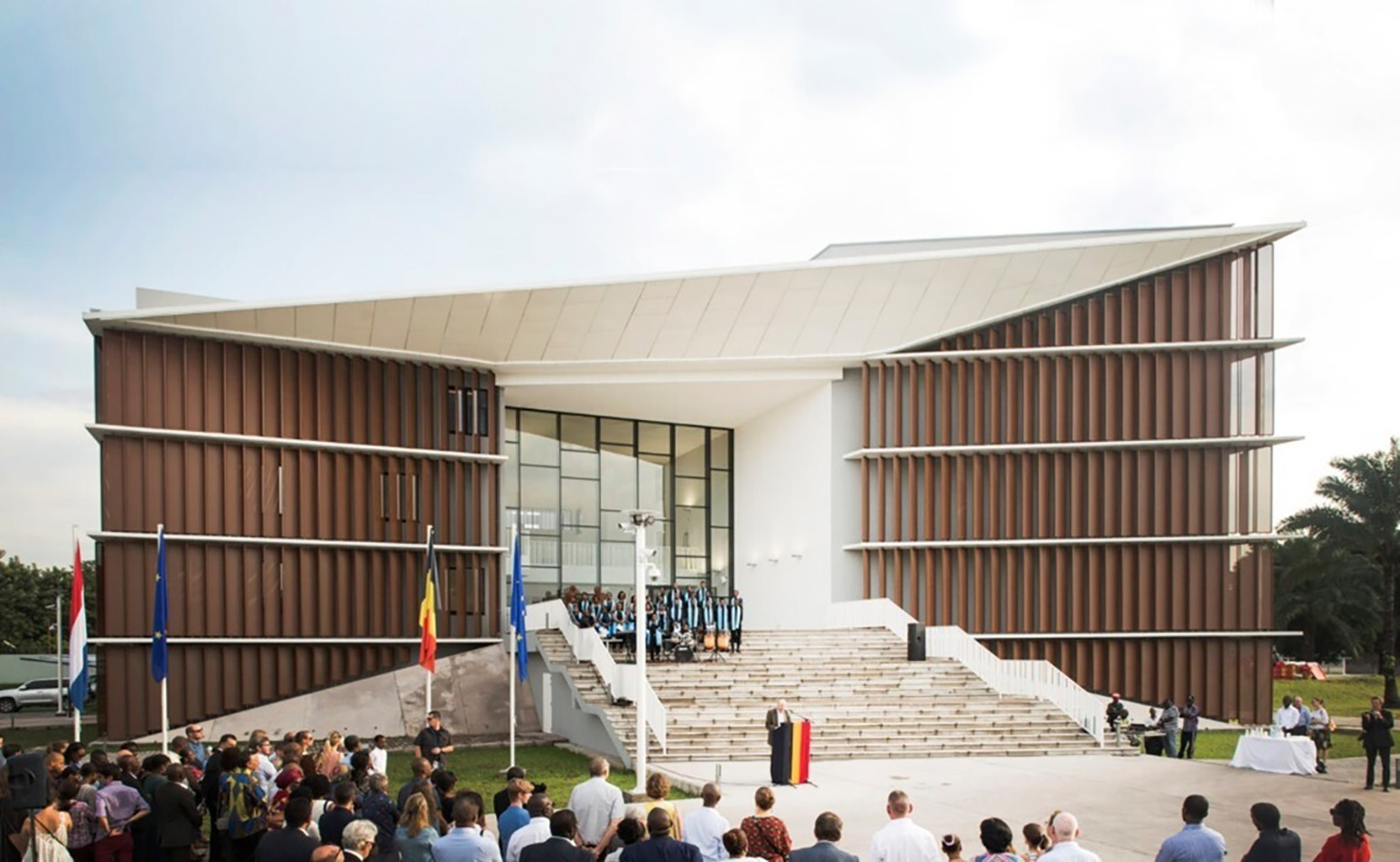 The diverse world of Belgian embassy design – 'style and class without exaggeration'
The diverse world of Belgian embassy design – 'style and class without exaggeration''Building for Belgium: Belgian Embassies in a Globalising World' offers a deep dive into the architecture representing the country across the globe – bringing context to diplomatic architecture
-
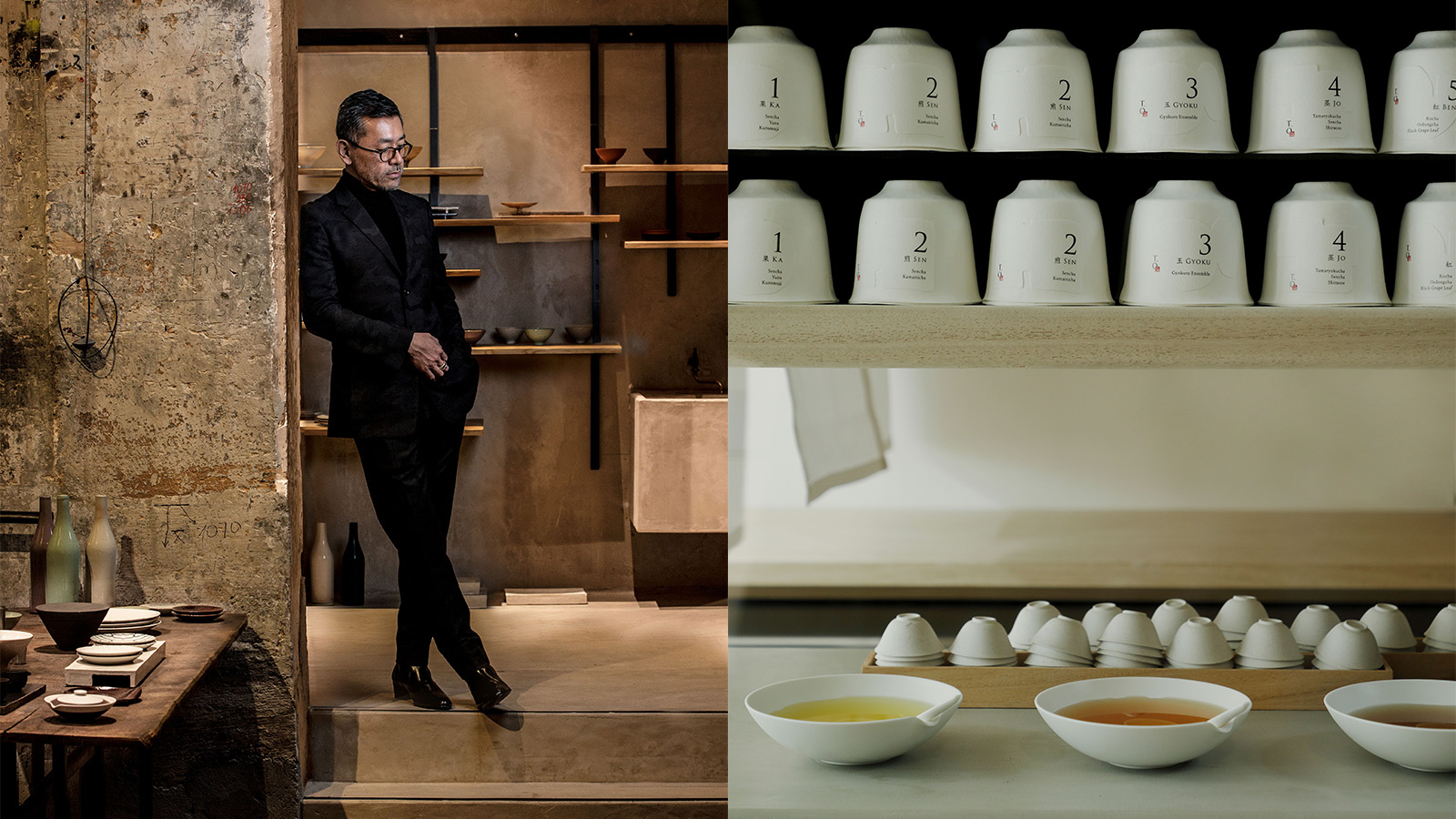 Japanese designer Shinichiro Ogata's latest venture is a modern riff on the traditions of his home country
Japanese designer Shinichiro Ogata's latest venture is a modern riff on the traditions of his home countryAs he launches Saboe, a series of new tearooms and shops across Japan, we delve into Shinichiro Ogata's creative vision, mirrored throughout the spaces and objects, rituals and moments of his projects
-
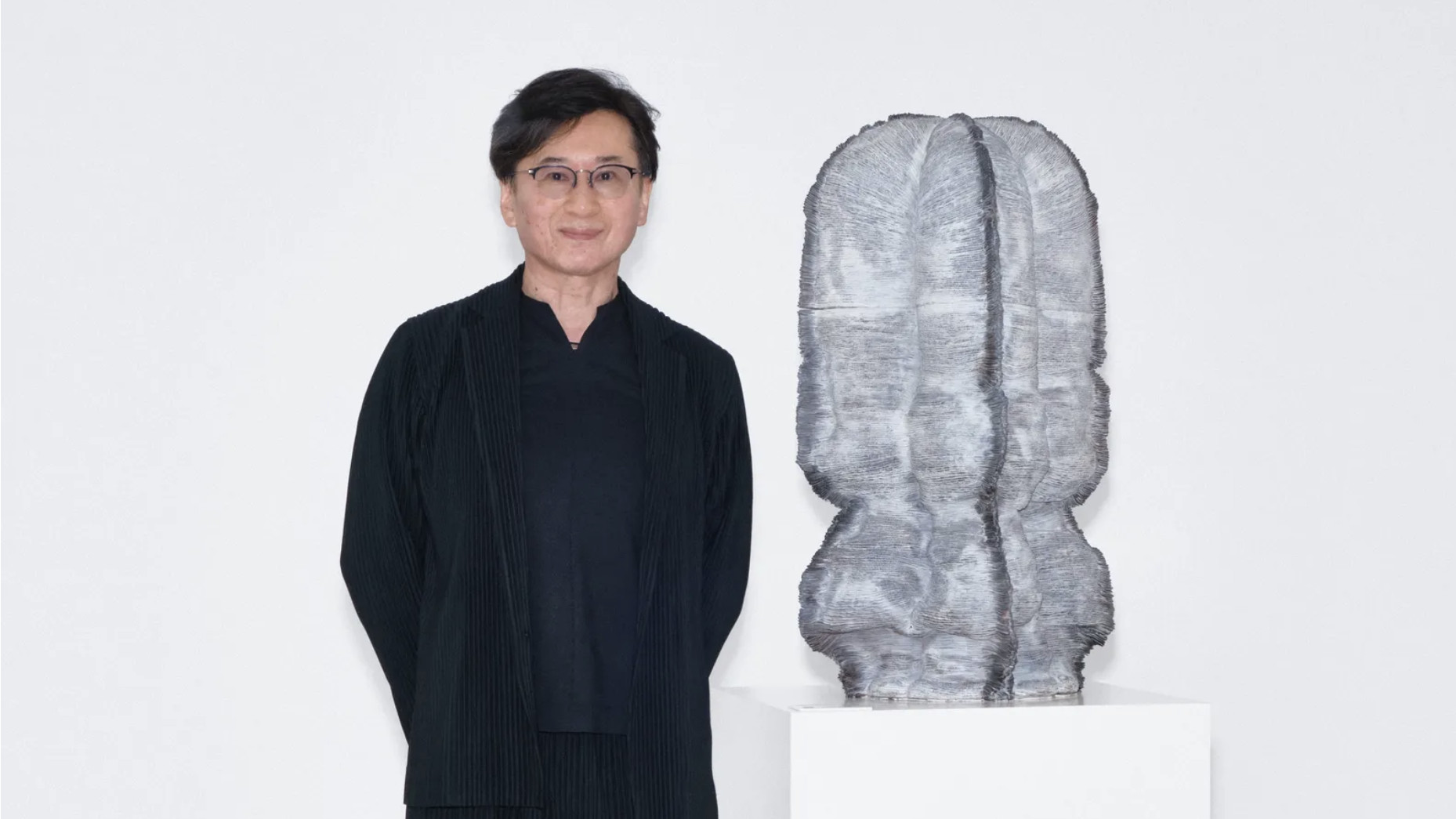 2025 Loewe Foundation Craft Prize winner announced as Kunimasa Aoki
2025 Loewe Foundation Craft Prize winner announced as Kunimasa AokiThe Japanese sculptor describes his work as ‘50 per cent tradition and 50 per cent innovation’
-
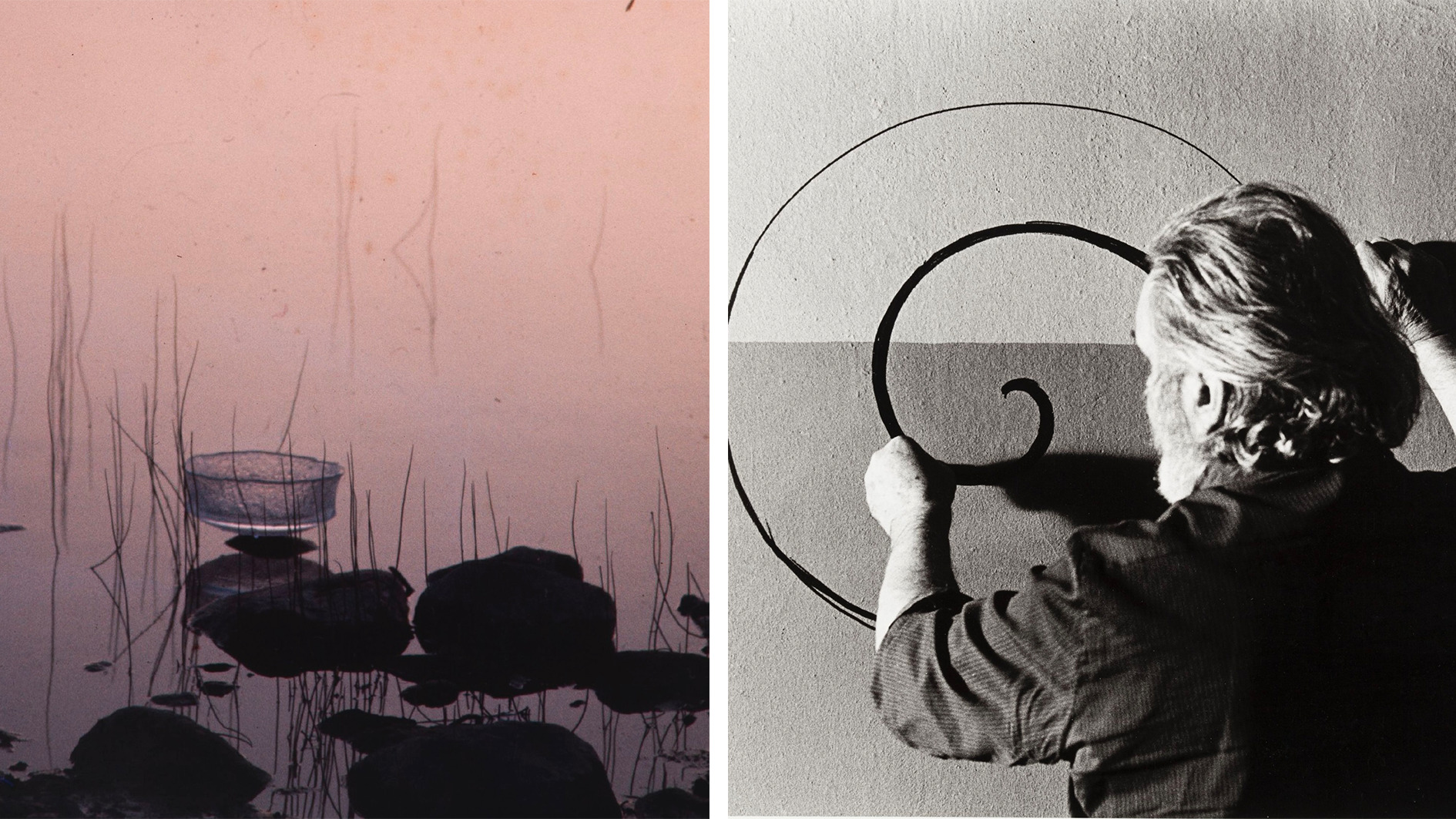 Inside the world of Tapio Wirkkala, the designer who created masterpieces in remotest Lapland
Inside the world of Tapio Wirkkala, the designer who created masterpieces in remotest LaplandThe Finnish artist set up shop in an Arctic outpost without electricity or running water; the work that he created there is now on display at a retrospective in Japan
-
 Naoto Fukasawa sparks children’s imaginations with play sculptures
Naoto Fukasawa sparks children’s imaginations with play sculpturesThe Japanese designer creates an intuitive series of bold play sculptures, designed to spark children’s desire to play without thinking
-
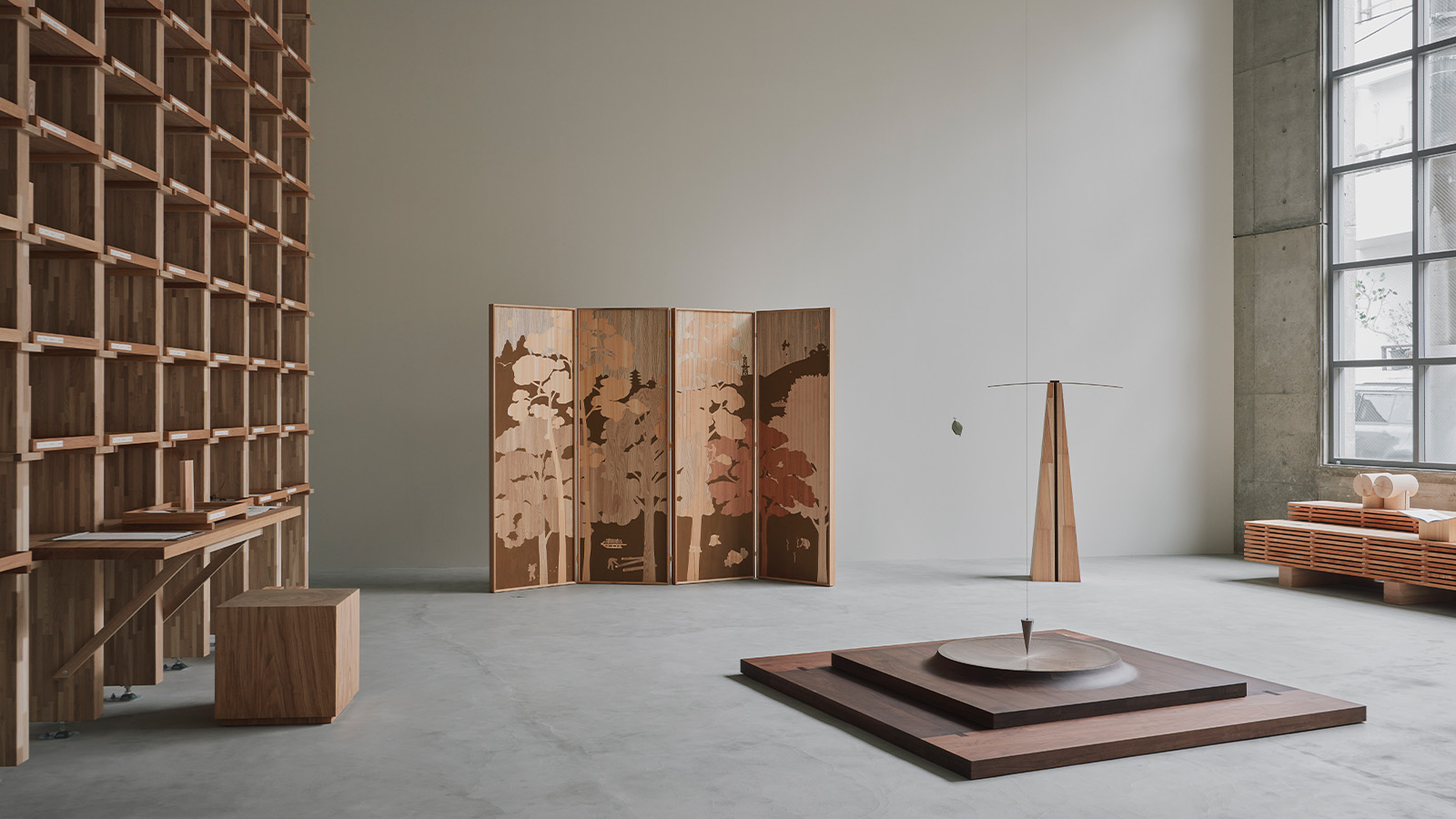 Time, beauty, history – all are written into trees in Karimoku Research Center's debut Tokyo exhibition
Time, beauty, history – all are written into trees in Karimoku Research Center's debut Tokyo exhibitionThe layered world of forests – and their evolving relationship with humans – is excavated and reimagined in 'The Age of Wood', a Tokyo exhibition at Karimoku Research Center
-
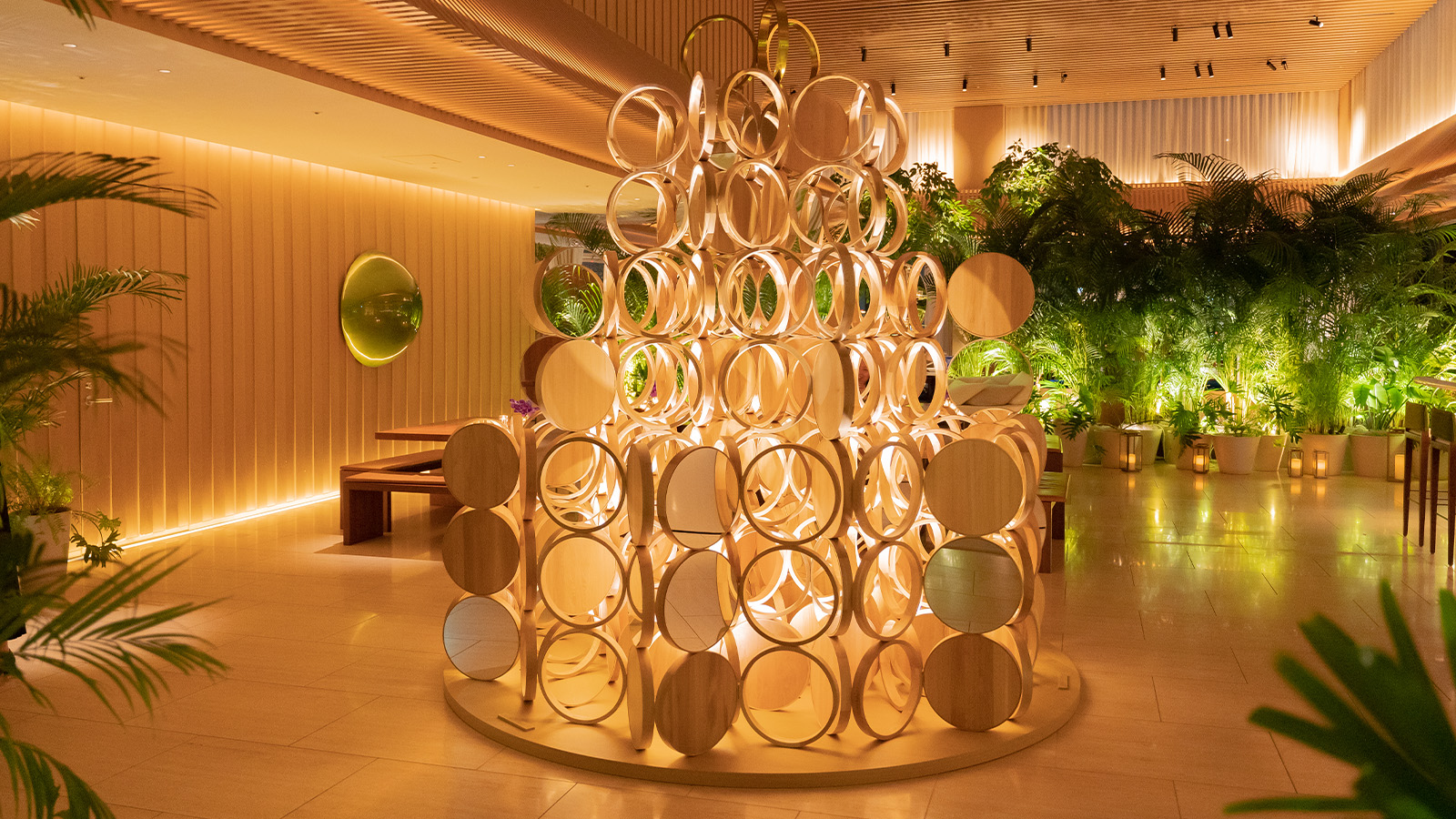 Minimal curves and skilled lines are the focal point of Kengo Kuma's Christmas trees
Minimal curves and skilled lines are the focal point of Kengo Kuma's Christmas treesKengo Kuma unveiled his two Christmas trees, each carefully designed to harmonise with their settings in two hotels he also designed: The Tokyo Edition, Toranomon and The Tokyo Edition, Ginza
-
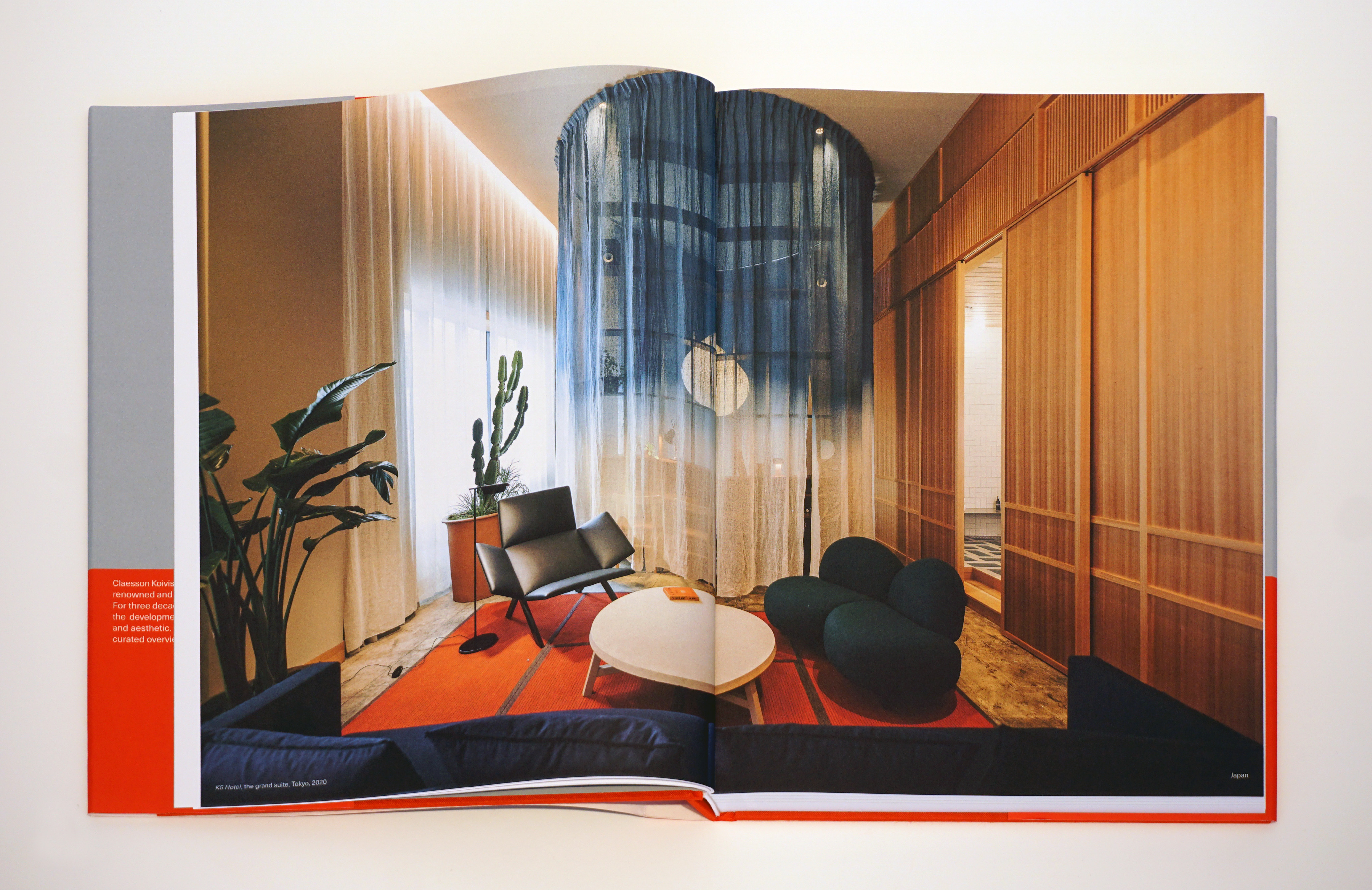 Claesson Koivisto Rune on 30 years of their often Japan-inspired designs, charted in a new book
Claesson Koivisto Rune on 30 years of their often Japan-inspired designs, charted in a new book‘Claesson Koivisto Rune: In Transit’ is a ‘round-the-world journey’ into the Swedish studio's projects. Here, the founders tell Wallpaper* about their fascination with Japan, and the concept of aimai
-
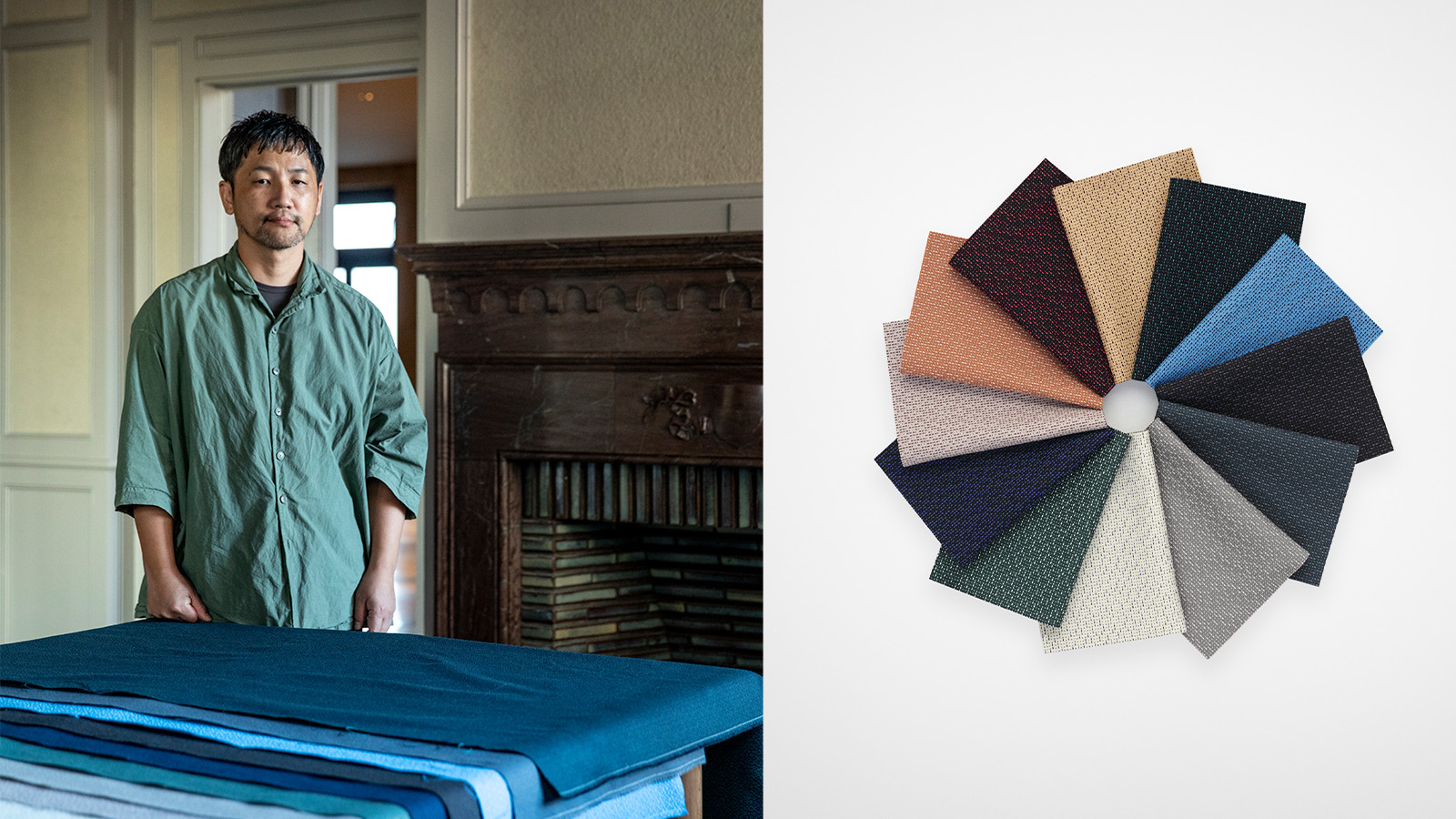 Teruhiro Yanagihara's new textile for Kvadrat boasts a rhythmic design reimagining Japanese handsewing techniques
Teruhiro Yanagihara's new textile for Kvadrat boasts a rhythmic design reimagining Japanese handsewing techniques‘Ame’ designed by Teruhiro Yanagihara for Danish brand Kvadrat is its first ‘textile-to-textile’ product, made entirely of polyester recycled from fabric waste. The Japanese designer tells us more